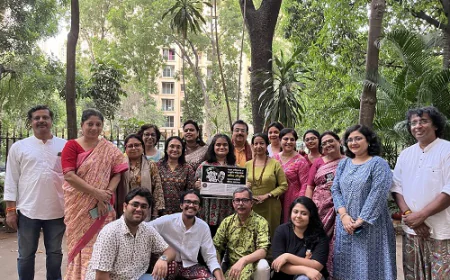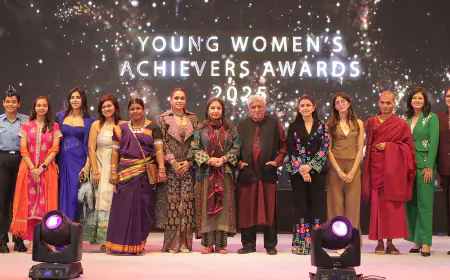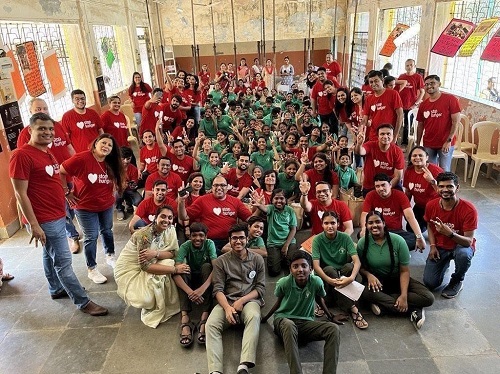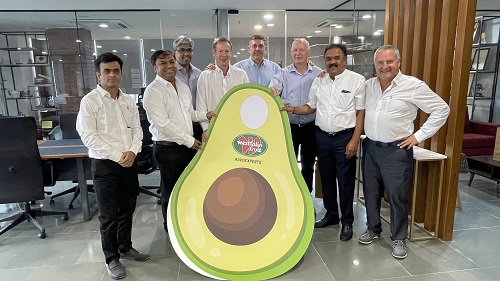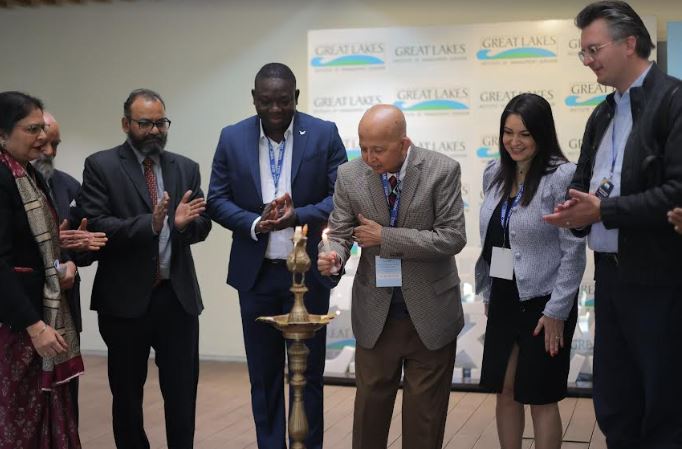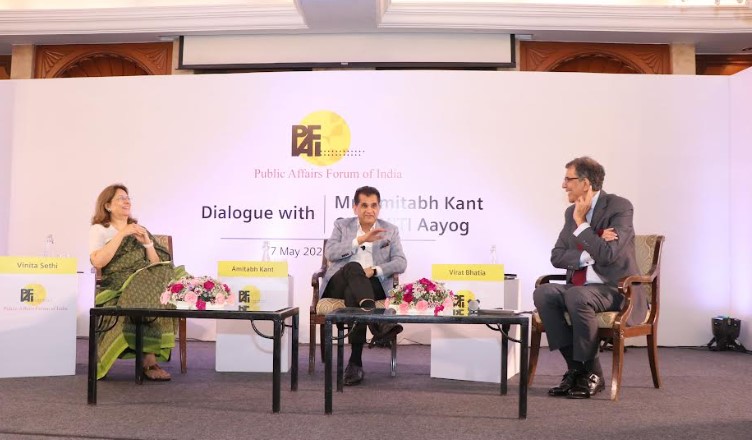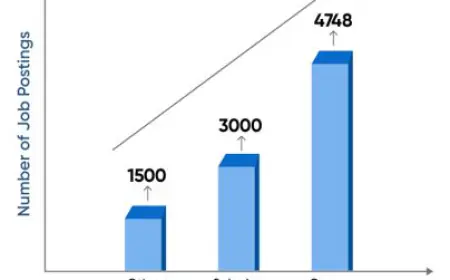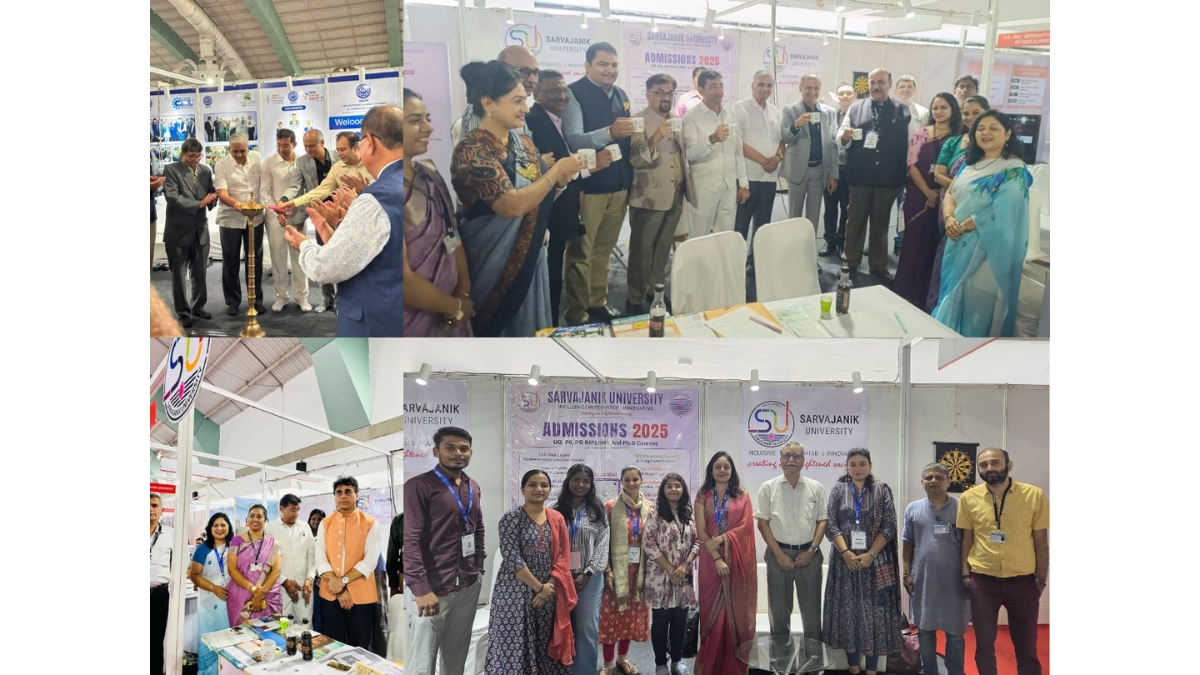Action Aid Association- The fight against witch-branding needs a national legislation


May 23: On 16th May 2022, Sukrat Bai, her husband Narmad Singh, and their 12-year-old granddaughter Kumari Mahima were brutally killed in Madhya Pradesh, under the suspicion of black magic. This tragedy surfaces just a month after the murder of Sukra Kasua and Balamadina Tirkey in Assam for supposedly practicing witchcraft. All five victims across the two cases were from tribal communities. The atrocious custom of witch-branding and killing has plagued the globe for too long and its sustained prevalence in today’s India is indeed shameful. Rooted in patriarchy, caste, and superstition, this practice continues to take several lives.
While accurate figures may not be available, a few hundred people are murdered every year. According to data by India’s National Crime Records Bureau, upwards of 2,500 people, mostly women, have been killed in India between 2000-2016 after being accused of witchcraft.
Often confined to the rural realms and affecting the marginalized, witch-branding does not get the kind of focus and action it begs. ActionAid Association India’s study on witch-branding investigated 115 cases of witch-branding, across eight districts in Madhya Pradesh, Odisha, Assam, Meghalaya, and Jharkhand. The study found that the reasons behind the attacks were issues of land, jealousy, accusations of causing illness, reactions to unconventional religious practices, against strangers in the village, and a reaction to women asserting agency and rights. A detailed study of witch branding in Odisha shows that most cases of witch branding occurred as victims were blamed for the misfortunes of other villagers. Some of these misfortunes were found to be children’s health issues; health issues of an adult family member, crop failure, or an attempt to land grab single women. The study also brought out the kinds of numerous human rights violations survivors of the witch-branding face. They are often ostracized, socially excluded, and sometimes even banished from villages. It was also found that this practice disproportionately targets women who are marginalized along the lines of caste or tribe and are single, aged, or alone.
Presently, Assam, Bihar, Chhattisgarh, Jharkhand, Karnataka, Maharashtra, Orrisa, and Rajasthan have enacted laws against witch-branding. However, due to the lack of awareness of these laws and redressed mechanisms, cases seldom result in investigations and justice. Cases of witch-branding require a holistic approach encompassing the rehabilitation of victims, punishment of offenders, and active and effective participation from the local administration.
Civil society organizations, local governments, and human rights defenders must join forces to mitigate the underlying factors which render communities vulnerable to such dangerous practices. Survivors of witch-branding need strong economic and social rehabilitation that will enable their reintegration into society. Furthermore, education, health, and livelihood measures must be emphasized and made available to empower vulnerable communities in rural areas.
The District Magistrate’s office can play a role in training and sensitizing law enforcement agents in districts prone to witch-branding. They can also be instrumental in taking preventive and precautionary measures by mapping areas and persons vulnerable to witch-branding. Additionally, Gram Panchayats can play a leadership role in bringing disputes to the courts and instituting community retributive mechanisms such as community fines against people and groups who accuse another of witchcraft.
The most recent murders in Madhya Pradesh, a state among those that have no legal provisions against witch-branding reflect an urgent need for national-level legislation along with advisories by government agencies and human rights bodies such as the National Human Rights Commission elucidating relevant precautionary, preventive, and retributive measures. Child protection and safeguarding measures must be included in these advisories and any future legislation.
Rehana Rehman, Program Officer in the ActionAid Association Regional Office of Guwahati says, “Grassroot level awareness campaigns on the legal measures available to persons branded as witches will go a long way in abolishing this practice. Moreover, the District Magistrate and Gram Panchayats should be mobilized in identifying persons vulnerable to witch-branding and taking preventive measures at community levels.”
Sandeep Chachra, Executive Director, ActionAid Association India states “We need national legislation to comprehensively combat witch-branding. Such legislation will help build a national discourse, and will also provide an enabling environment for human rights and justice defenders to act. Beyond the legislation, what is needed are popular education campaigns building on advancing rationality and scientific temper, and indeed a momentum to eradicate the evil of witch-branding.”


















